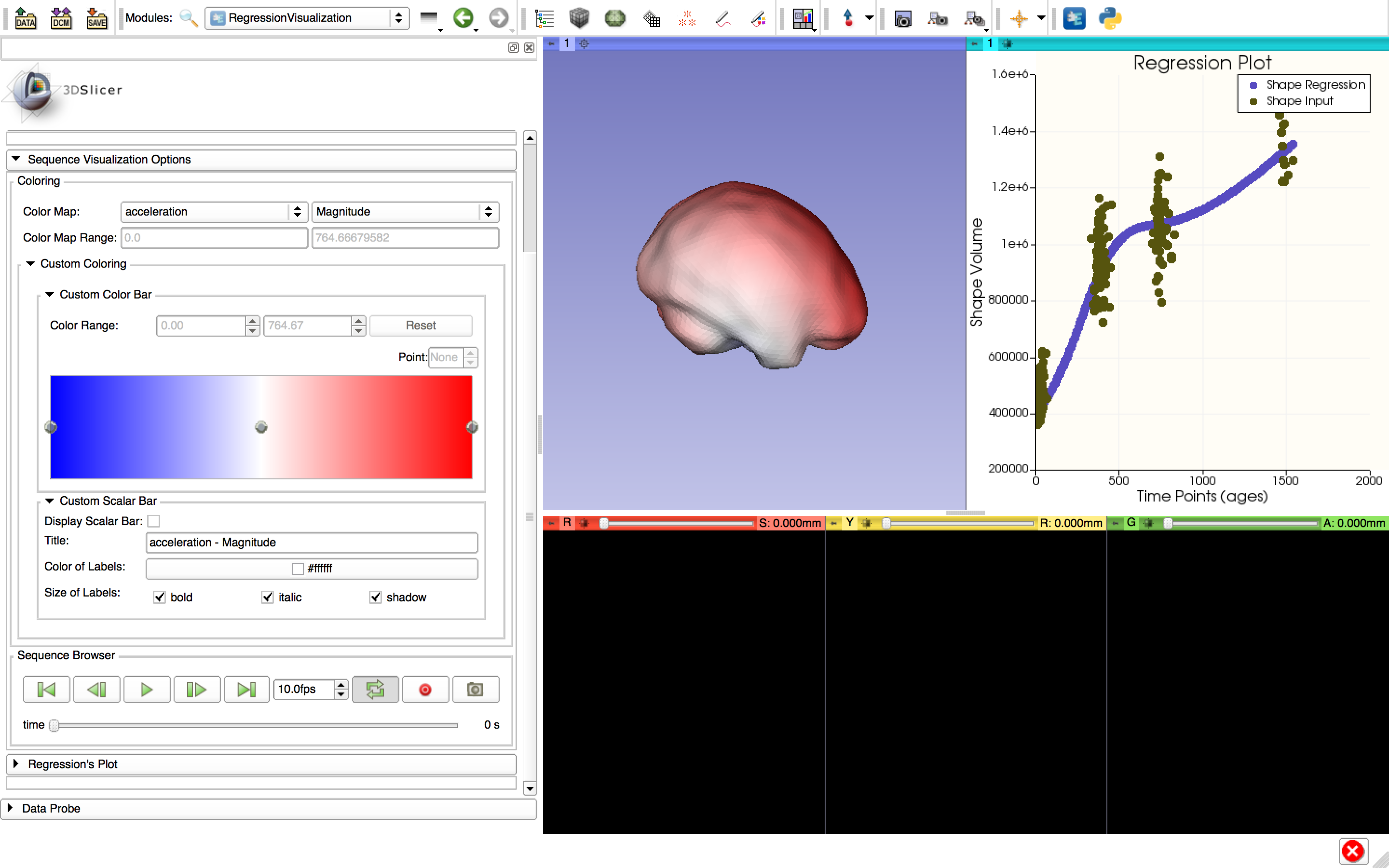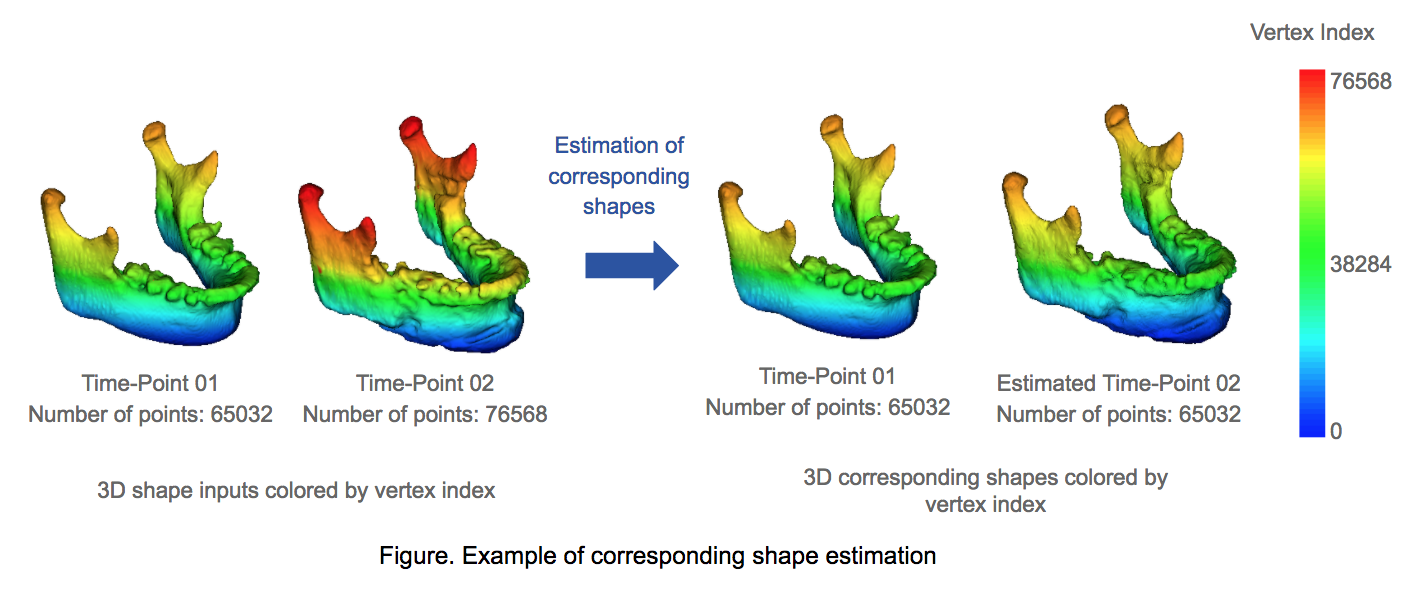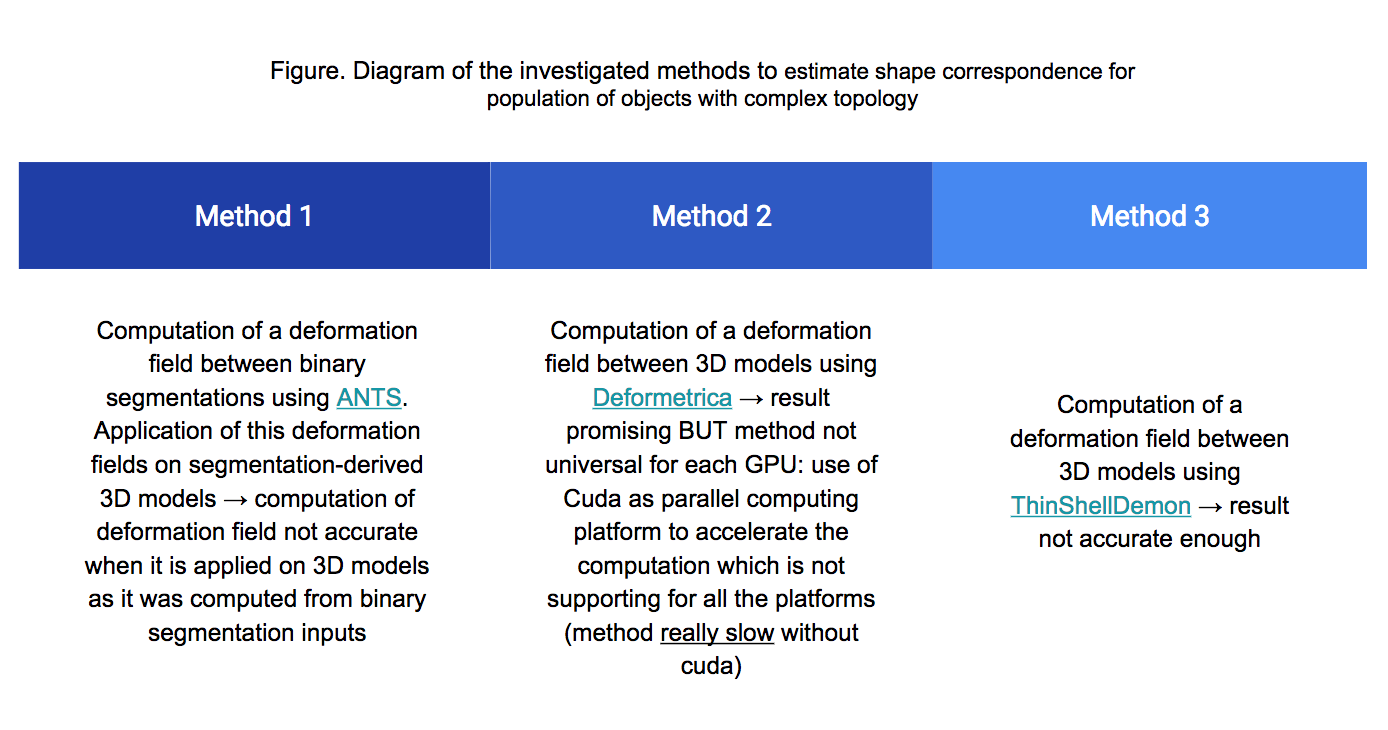 NA-MIC Project Weeks
NA-MIC Project Weeks
Back to Projects List
SlicerSALT
Key Investigators
- Beatriz Paniagua (Kitware)
- Jean-Christophe Fillion-Robin (Kitware)
- Jared Vicory (Kitware)
- Laura Pascal (Kitware)
- Junpyo Hong (University of North Carolina)
- Chao Huang (University of North Carolina)
- Juan Carlos Prieto (University of North Carolina)
- Mahmoud Mostapha (University of North Carolina)
- Zhiyuan Liu (University of North Carolina)
- Loïc Michoud (University of Michigan)
- James Fishbaugh (NYU Tandon School of Engineering)
Project Description
Slicer Shape AnaLysis Toolbox (SlicerSALT) is the dissemination vehicle of powerful shape analysis methodology based on 3D Slicer open-source software. SlicerSALT will enhance the intuitiveness and ease of use as well as allow researchers to find shape changes with higher statistical power. Altogether this constitutes a crucial resource for the imaging field that will enable many and important new findings in biomedical imaging studies.
SlicerSALT will be used to:
- Compute Point Distributed Models (PDM) using Spherical Harmonic Representation on spherical topology objects (Extension alrealdy available in SlicerSALT: SPHARM-PDM Extension)
- Compute estimating shape correspondence for population of objects with complex topology
- Run 4D regression in a collection of 3D PDMs associated to a linear variable (i.e. age) (Extension soon available in SlicerSALT: Shape Regression Extension)
- Perform correspondence optimization using study-wise shape analysis
- Fit skeletal representations (s-reps) to a collection of binary volumes
- Compute image-based correspondence in binary volumes of different topologies
Objective
- Work on the new SlicerSALT release
- Work on the methodology for the estimation of shape correspondence for population of objects with complex topology
Approach and Plan
- SlicerSALT’s Project:
- Update of the Slicer version used by SlicerSALT to the new release
- Incorporation of Shape Regression Extension in the new SlicerSALT release
- Test of the new extensions
- Project for the estimation of shape correspondence for population of objects with complex topology:
- Comparison of the three methods already existing
- Investigation in order to universalize the Deformetrica method (issue with the use of Cuda/GPU)
- Investigation in order to find a more efficient method (new tools, new algorithms, etc..)
Progress and Next Steps
- Update of the Slicer version used by SlicerSALT to the new release
- Shape Regression Extension:
- Fixing of some bugs on the shape regression computation
- Adding of some tests
- Test of the slicer extension package on Windows and Mac (Issue on Linux) -> Almost ready to be integrated in SlicerSALT
- Estimation of shape correspondence for population of objects with complex topology:
- Comparison of the three methods already existing
- Abandon of the ThinShellDemon method due to the generated results not enough accurate
- Next Steps:
- Improvement of the Deformetrica method in order to accelerate the computation
- Tests on new data
Illustrations
Shape Regression Extension:

Estimation of shape correspondence for population of objects with complex topology:

